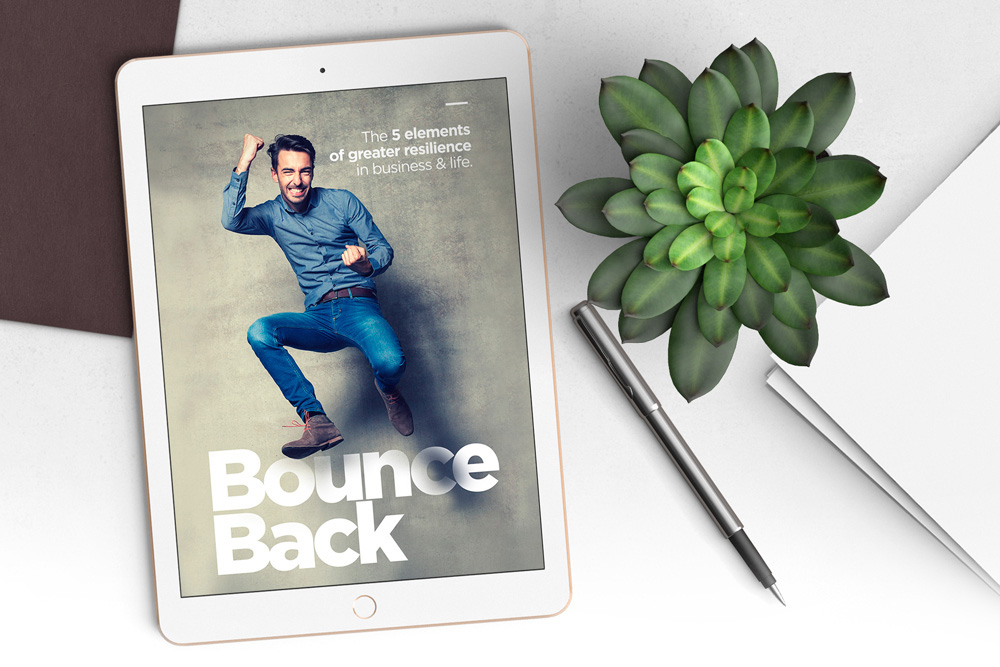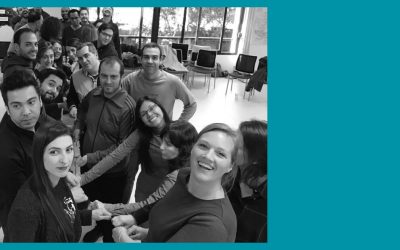Trapped in your mind: Juggle 5 sneaky biases for better decision making
Decision making is always a loaded, intense process because so many variables come into play.
The last time you had a couple of proposals on the table, how did you decide which one to go for?
What did you take into account in selecting one of them: your personal preferences, a specific background on the matter or an emotional response? And this is just you!
What happens when you add your team to the mix, and you have to collectively decide on pressing projects and crucial tasks?
Every day, if not to say every moment, is marked by a decision we make, unconscious or conscious. Do we want tea or coffee, the red tie or the blue one, do you take the Litoral or Gran Vía this evening? We usually don’t put too much thought to the process or the result.
At work, however, we all know the pain of aligning priorities for the sake of a decision that reflects everyone (or at least the majority) present in that room. This is when the process and the result stand out: we have to consent with a group and make a coherent decision.
I can recall several moments where one of the two happened:
- endless discussions to get to an awkward collaborative decision
- a lack of patience on behalf of the leader that disrupted the whole process and just impose his/her point of view.
“We are always choosing, whether we recognize it or not. Always”
Manson, M
In order to make a concrete decision that will benefit the bigger picture, the collective goal of the team, and positively impact the organization, we need to understand a little bit on what basis the decision-making process happens. Furthermore, we need some tools to align with a common objective.
First, let’s acknowledge why decision making at times becomes a bit tricky:
All choices carry a component of both risk and gain.
In his book Thinking Fast and Slow, Daniel Kahneman argues that there are 5 effects that come into play when we have to consider a choice. The underlying thesis of his book is that we have two “thinking” systems in our mind:
- FAST
Also called “intuition” this is an automatic and quick response, with no voluntary control
- SLOW
A mere cognitive activity that demands effort, agency, choice, and concentration.
The combination of those two functions creates the ground for 5 underlying, sneaky biases that influence our decision-making processes:
- Loss Aversion
The fear of losing something is far greater than taking the necessary risk for a potential gain. In other words, playing it safe.
- Negativity Dominance
Giving priority to bad news with a tendency to focus on the costly impact the decision may have.
- Endowment Effect (value)
Overvaluing something that we own, regardless of its objective market value. For items with symbolic, experiential, or emotional significance, we usually place a greater value once we establish ownership.
- Certainty Effect
The mindset of the “quick deal” or, as the saying goes, “A Bird in the Hand is Worth Two in the Bush.”
- Possibility Effect
High hopes for a price you pay. Think of a lottery ticket. It can go either way and risk-taking is a given.
Now, how do you address these biases when you are in a fairly big team and you can’t take too much time to discover every team member’s preferences in her/his decision-making processes?
You need a tool. And, a common objective.
In our article on setting priorities, we introduced the Eisenhower model, with the axis of important & urgent. Read more about this model in our worksheet On Priorities & Delegation.
Besides revisiting the Eisenhower model, we also recommend applying the MoSCoW model the next time you are in a meeting. Designed by Dai Clegg, the acronym stands for:
- Must have
- Should have
- Could have
- Won’t have
Prior to any hope for arrival to a solid decision, you need to align personal and collective objectives. Find out more about aligning objectives and how to use the MoSCoW tool in our worksheet Collaborative Decision Making.
To help you navigate through the challenges you may face at work in your leadership role, we create monthly worksheets with simple, yet hands-on 5-min and 10-min activities. Simple exercises help you get on track and stay focused at work. Take a sneak peek below.
We offer these worksheets for free!
Check our full library of practical worksheets here. In our section on Communication, you can download this month’s Collaborative Decision Making Worksheet, with activities to implement right away and practice every day. Browse the library to find extra exercises to improve motivation, lower stress, and increase productivity.
**Quick peek into our WORKSHEET**
_For you, if…
- You feel that your meetings have too much talk
- You want to get somewhere fast
- You want your colleagues to be aligned
_Quickies 5min
A) Revisit our worksheet on Priorities & Delegation and the first element in our book Bounce Back. Organise your tasks by importance and urgency, according to the Eisenhower Matrix.
_Take it further!
…take it further and deepen the learning by doing all the exercises suggested on our worksheet. Sign up below with your name and email to download the complete worksheet.
Always keen to know how you are getting on!
Maike

MAIKE STOLTE
Executive Coach. Consultant. Trainer. Facilitator.
Categories
Contact us

Burnout. COVID. New Normal: How to get yourself back into balance & recover!
By now, most of us share a similar feeling: we feel drained. For months now, we have been bravely facing the Covid-19 pandemic. I think it’s fair to say that it has taken its toll on us. No matter your context, you may have been dealing with the stress of the...
Relational leadership: Influence is trusting and being trusted
We are our relationships. When we foster positive relationships, we create positive environments, develop positive projects and bring positive change to the world. This power of relationships is the base of relational leadership, focused on the leader’s ability to...
Insights From Natural Leaders: With Yasmine Khater
We can always find inspiring natural leaders close to us! In this series of interviews, I’m talking to people who have touched my soul: small business owners, neighbors, friends & colleagues. Those who inspire me to spread the wisdom & insights of our common...





0 Comments